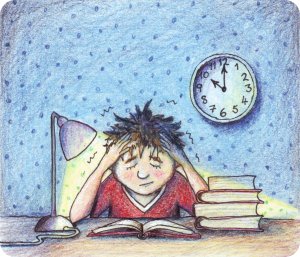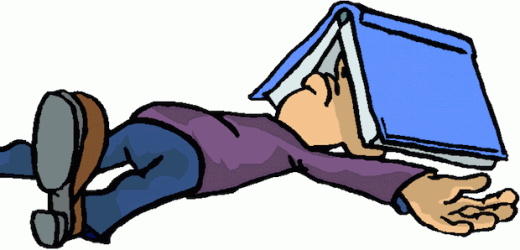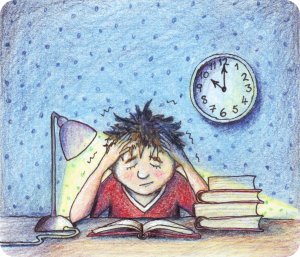Exams are important milestones in your children’s education. Younger children need much more assistance than older children in preparing for exams. The guidance that you provide in the early stages will enable your children to study with discipline and dedication later on, on their own. If your children are still in kindergarten or primary classes, you will need to invest much more time. However, with older children, you may face problems of a different kind—disobedience and rebellion, which require greater tact.
• Never let your children postpone studying until a day before the exams. This will only increase their anxiety and stress levels. Preparation is the key to success. Don’t listen to any excuses and don’t be swayed by assurances. The best course is to have your children study for some time everyday. Even if this is not possible, ensure that they begin preparing for the exams at least two to three weeks in advance.
• Do not impose yourself on your children. Some children require more support while others are happier studying on their own. This depends on your children’s nature. However, let them know that you’re always there to help them.
• It is not enough to read up matter. Your children should be able to recall the same in the examination hall. Hold question and answer sessions where you ask them random questions on the subject once they have finished studying.
• Prepare a timetable for each child. You can cover subjects in the order of the examination schedule or you can tackle difficult subjects first. For younger children, two to three hours of study a day should suffice. Children in the secondary and higher secondary classes should study for four or five hours a day when the exams are due. Alternate languages and practical subjects like mathematics to minimise boredom.
• Especially for older children, access to question papers from previous years is a must. These may be available in the school library, with teachers or you can secure them from the senior students. Have them solve at least one or two papers in each subject, within the given time limit. This is like a rehearsal and helps in mitigating exam nerves. It will also give your child an idea of how much time to allot for each question.
• Don’t allow your children to stay up or wake up too early. Make sure that they get at least eight hours of sleep. Inadequate sleep affects the brain’s functioning and will reduce your children’s retention. Discourage use of caffeine or other stimulants to remain awake.
• Children these days suffer from as much stress as adults. Do not pressurise your child ever. Do not entertain negativity and empower them with confidence if they start moaning about previous performances.
• Create a study-ritual for your children. Encourage them to use the same place to study everyday, preferably somewhere quiet and pleasant. The outdoors is a great option as well. Let them be silent and make a resolve to study well before beginning the session. End every session with a revision of what has been covered. Set small goals–one or two chapters or even topics. If they are studying for long durations, schedule breaks every one or two hours. Let them do what they like such as go for a walk, meditate or solve a puzzle.
• Older children may benefit from group study, especially for subjects that they find difficult. It is preferable if your child can go to his friends’ houses rather than having them over. This way, he can leave if the session is proving to be a waste of time.
• On the D-Day, wake your children up well in time and serve them a light breakfast. Set aside time for a disciplined revision. Teach them relaxation exercises. Ensure that they have their pens and pencils, examination pad and other necessary items before leaving the house. Wish them luck and hope for the best!
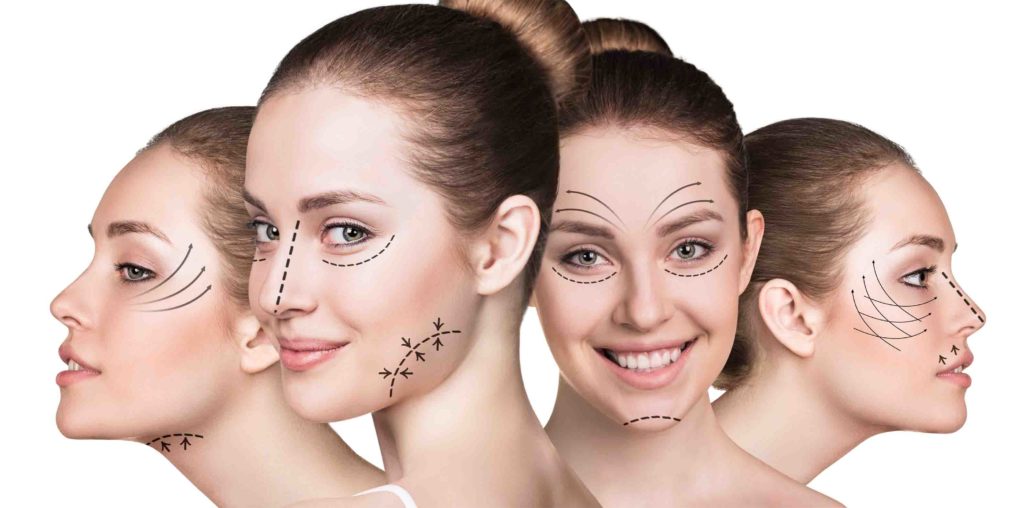
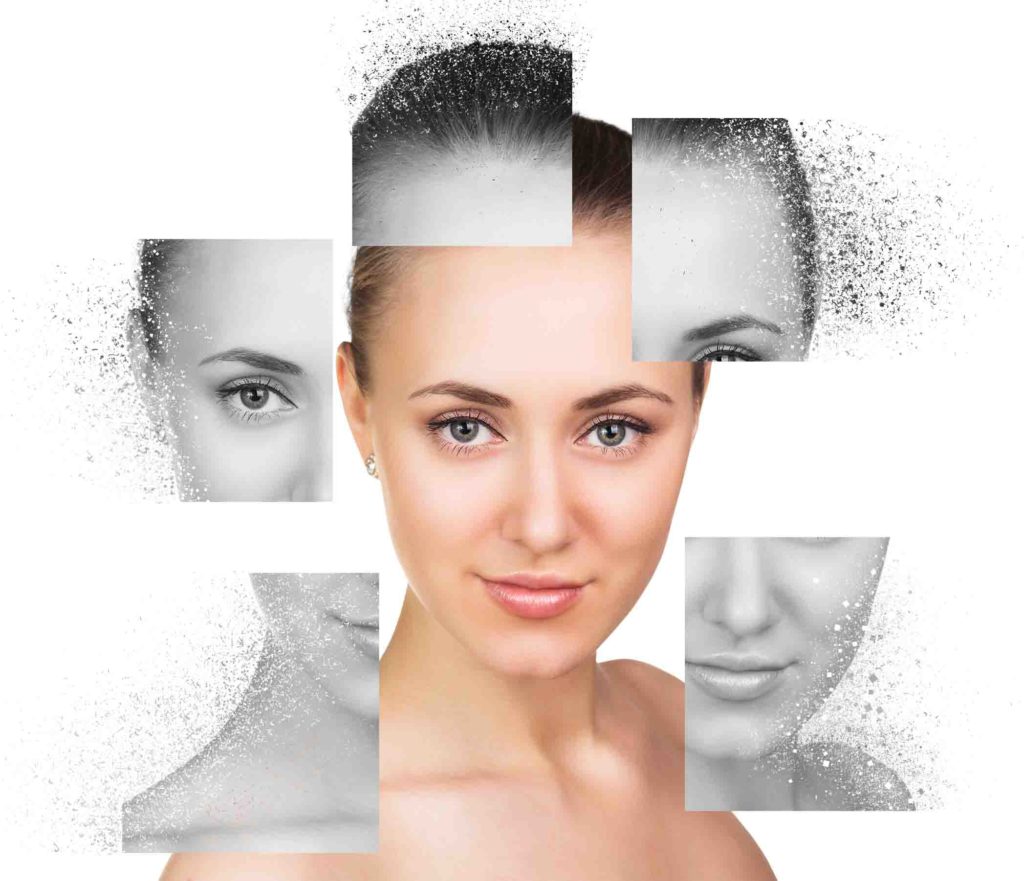
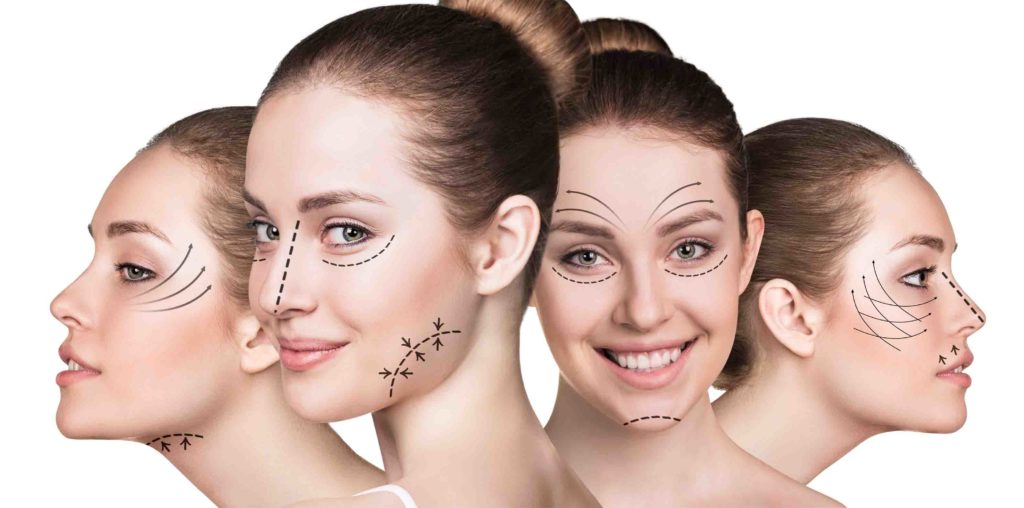
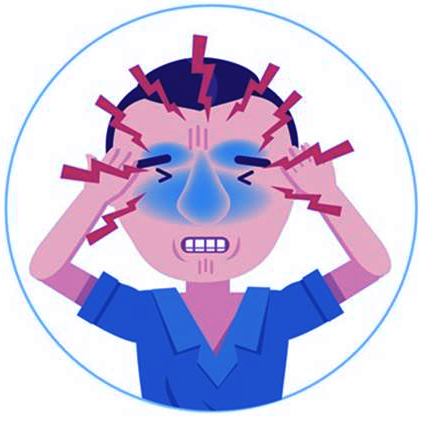 Approximately 20% of the UAE population suffers from Chronic Sinusitis. Symptoms range from stuffy nose, nasal blockage, headache, facial pain, postnasal discharge, cough and bad breath. These are all symptoms of chronic sinusitis. The weather in UAE plays a significant role in the development of these symptoms. Fine sand in the air, humidity, allergies, sudden temperature changes too trigger it. Deviation of the nasal septum and nasal polyps too can lead to chronic sinusitis.
Approximately 20% of the UAE population suffers from Chronic Sinusitis. Symptoms range from stuffy nose, nasal blockage, headache, facial pain, postnasal discharge, cough and bad breath. These are all symptoms of chronic sinusitis. The weather in UAE plays a significant role in the development of these symptoms. Fine sand in the air, humidity, allergies, sudden temperature changes too trigger it. Deviation of the nasal septum and nasal polyps too can lead to chronic sinusitis. Visual inspection, nasal endoscopy and CT scan, paranasal sinuses can help screen for chronic sinusitis. A CT scan can accurately diagnose chronic sinusitis. Once diagnosed, it is treated with nasal decongestants, steroid nasal sprays, antihistamines, antibiotics etc.
Visual inspection, nasal endoscopy and CT scan, paranasal sinuses can help screen for chronic sinusitis. A CT scan can accurately diagnose chronic sinusitis. Once diagnosed, it is treated with nasal decongestants, steroid nasal sprays, antihistamines, antibiotics etc.